Top 10 Tips for Preventing Heatstroke While Cycling in the Summer

When the weather warms up in the summer, many bikers take to the roads to explore new routes and soak up the rays. While going for a bike ride is a great way to get some exercise and enjoy nature, you should be careful not to overheat. This article will discuss the dangers of heatstroke while riding, how to avoid it, and some useful tips for staying healthy and having fun on the road.
Riders must take precautions to avoid heatstroke, especially during the hot summer months. When the body's temperature rapidly rises above 104 degrees Fahrenheit (40 degrees Celsius), this is referred to as heatstroke. If this illness is not treated promptly, it has the potential to kill the person who has it. Taking precautions to avoid heatstroke will allow you to enjoy your bike rides without fear of injury.
Potential Dangers and Threats
Heatstroke is far worse than simply being uncomfortable in the heat. Exhaustion, muscle cramps, dizziness, confusion, nausea, and even death can result from heat stroke. Because it is more difficult to think and move when it is too hot to ride, accidents and falls are more likely. It is critical to understand the gravity of these risks and take action to mitigate them.
Look for useful tips on how to stay safe
Now that we've established the dangers of heatstroke, let's get started on our goal of providing you with tips on how to stay cool and safe while riding in the hot summer sun. Taking these precautions will reduce your chances of becoming ill from the heat and will make your bike ride more enjoyable, energizing, and stress-free.
Stay Hydrated
Maintaining your performance and health while cycling relies heavily on your ability to stay hydrated. Some suggestions for maintaining water intake are as follows:
Take in plenty of fluids
Water should be consumed before, during, and after cycling for optimal performance. In the hours leading up to your ride, it's important to start hydrating by drinking plenty of water. Depending on the intensity of your ride and the weather, you should aim to drink about 7–10 ounces (200–300 ml) of water every 15-20 minutes. Drink plenty of water after your ride to make up for the fluids you lost while pedaling.
Dress Appropriately
The key to staying cool and comfortable in hot weather is to dress for the occasion. Some guidelines to keep in mind:
Pick out materials that are breathable and lightweight
Choose articles of clothing made from natural fibers, such as cotton or linen, to aid in airflow and the evaporation of perspiration. These materials allow air to circulate, so you stay cooler.
Put on moisture-wicking clothes
Try to find some clothes that can wick away sweat. These fabrics wick moisture away from the skin, where it can quickly evaporate and cool you down.
Think about purchasing sun-safe garments
Clothing with built-in sun protection factors should be considered for prolonged sun exposure. This may provide a further barrier against the sun's rays.
Time Your Rides wisely
By properly planning your ride and taking the weather into account, you can have a safer and more enjoyable experience on two wheels.
Choose a time of day when the temperature is optimal
You should ride when temperatures are typically cooler, such as in the early morning or late at night.
Because the sun will be positioned lower in the sky, the ride will be less oppressive. During the hottest parts of the day, you must remain indoors. If possible, you should avoid riding between 11 a.m. and 3 p.m., when the sun is at its highest point in the sky.
Plan your cycling route strategically
The importance of choosing routes with more shade and cooler temperatures
Suggestions for Fabulous Cycling Routes
Explore the local bike trails and paths.
You should seek out trails and bike paths that are adjacent to bodies of water or have a dense canopy of trees.
Utilize mapping applications and services
Utilize a mapping service such as Google Maps or Strava's heat maps to determine the most traveled bike routes in your area. Find parks and other areas with a great deal of vegetation to walk through for much-appreciated shade.
Consult fellow cyclists in the region
Contact other cyclists in your area or visit online forums to learn about the most heat-resistant routes. Local cyclists will have a better understanding of the best routes to take to avoid the sun's heat.
Explore wooded areas and forests
Forested areas can offer welcome relief from the heat of the day on hiking trails.
Rest in areas where water is readily available
It is prudent to plan your route so that you can stop near lakes, rivers, or other bodies of water to cool off and rehydrate.
Use sunscreen and protect your skin
Choose a sunscreen with broad-spectrum protection, which means it protects against both UVA and UVB rays. In every way, the weather won't be able to hurt your skin.
Choose a Sun Protection Factor (SPF) that is high enough to protect your skin from UV rays for a long enough time. You should use sunscreen with an SPF rating of at least 30.
Apply a lot of sunscreen. At least 15 minutes before going outside, apply a lot of sunscreen to all the skin that will be exposed. Don't forget your face, neck, ears, arms, and legs.
Sunscreen wears off over time, especially if you sweat a lot or wipe your skin with a towel. It's important to reapply sunscreen often. You should reapply sunscreen every two hours, or more often if you sweat a lot.
Take regular breaks and find shade
The benefits of rest and shade during cycling in hot conditions:
Temperature regulation
Resting in the shade allows your body to cool down and regulate its temperature, especially during hot weather. It helps prevent overheating and dehydration.
Preventing sunburn and heat-related illnesses
Spending time in the shade protects you from direct sunlight, reducing the risk of sunburn and heatstroke. It allows your body to recover and avoid the harmful effects of prolonged sun exposure.
Mental and emotional well-being
Resting in a shaded area provides a mental break from the physical exertion of cycling. It can help reduce stress levels, improve mood, and enhance overall enjoyment of the ride.
Monitor your body and recognize early signs of heatstroke
Understanding the symptoms and risks of heatstroke
Heatstroke is a severe condition that occurs when the body overheats, typically as a result of prolonged exposure to high temperatures or physical exertion in hot weather. It is essential to recognize the symptoms and risks associated with heatstroke and take appropriate action promptly. Common signs of heatstroke include:
High body temperature
A core body temperature of 104 degrees Fahrenheit (40 degrees Celsius) or higher is a key indicator of heatstroke.
Altered mental state or behavior
Heatstroke can cause confusion, agitation, irritability, disorientation, or even seizures.
Hot and dry skin
The skin may feel hot and dry to the touch due to dehydration and the body's inability to cool down.
Rapid heartbeat
An increased heart rate is a common symptom of heatstroke.
Rapid and shallow breathing: Breathing may become fast and shallow as the body tries to cool down.
Throbbing headache
Heatstroke can cause intense headaches.
Nausea and vomiting: These symptoms may be present in some cases.
Adjust your intensity and pace

The significance of adapting your cycling intensity in hot weather
Adapting your cycling intensity in hot weather is crucial for several reasons:
Prevention of heat-related illnesses
Exercising in high temperatures can put extra stress on your body, increasing the risk of heat exhaustion or even heatstroke. By adjusting your intensity, you can help regulate your body temperature and reduce the likelihood of these conditions.
Improved performance
Excessive heat can negatively impact your cycling performance by causing fatigue, muscle cramps, and decreased endurance. By adjusting your intensity, you can maintain a sustainable effort level and prevent overheating, allowing you to ride longer and more comfortably.
Efficient hydration
Intense physical activity in hot weather leads to increased sweat production, which can result in dehydration if not properly managed. Adjusting your intensity helps control the rate at which you sweat, making it easier to maintain proper hydration levels and avoid the negative effects of dehydration.
Carry extra water and electrolyte-rich snacks
The importance of replenishing fluids and electrolytes during rides
During rides, especially long or intense ones, it's crucial to replenish fluids and electrolytes to maintain optimal performance, prevent dehydration, and support overall well-being. When you exercise, you lose water and electrolytes through sweat, and if these losses are not adequately replaced, it can lead to fatigue, muscle cramps, decreased cognitive function, and even more serious conditions like heat stroke.
Water is essential for hydration, but it's also important to replace the electrolytes lost through sweat, such as sodium, potassium, magnesium, and calcium. Electrolytes help regulate fluid balance, nerve function, muscle contractions, and overall body function. Replenishing both fluids and electrolytes is vital for sustaining energy levels, maintaining proper muscle function, and preventing any potential health risks associated with dehydration.
Stay informed and be prepared
Staying updated on weather conditions and forecasts is valuable for several reasons:
Early warning
Weather conditions can change rapidly, and staying informed allows you to receive early warnings about severe weather events like storms, hurricanes, or snowstorms. This gives you time to prepare and take appropriate action to protect yourself and your property.
Safety
Knowing the current and upcoming weather conditions helps you make informed decisions regarding outdoor activities. For example, if there's a high chance of thunderstorms, you can avoid outdoor activities that could put you at risk of lightning strikes.
Travel planning
Weather updates are crucial if you're traveling. They can help you anticipate potential disruptions or hazards, allowing you to adjust your travel plans accordingly. This includes being aware of flight cancellations, road closures, or severe weather conditions at your destination.
Preparedness
Staying informed about weather conditions enables you to be prepared. You can stock up on essential supplies such as food, water, batteries, flashlights, and first aid kits based on the forecasted weather events. You can also make arrangements for emergency shelter or evacuation if necessary.
Conclusion
In conclusion, prioritizing safety is paramount when cycling in the summer. However, it doesn't mean sacrificing the enjoyment of the season. By following the aforementioned tips, you can reduce the risk of heatstroke and ensure a safe and pleasurable cycling experience. Remember to prioritize your well-being by staying hydrated, wearing appropriate clothing, and being aware of your limits. Embrace the allure of summer rides by exploring picturesque routes, uncovering new trails, and immersing yourself in the great outdoors. So, equip yourself, stay safe, and make the most of this season while keeping your health at the forefront. I wish you a delightful summer filled with happy cycling adventures!


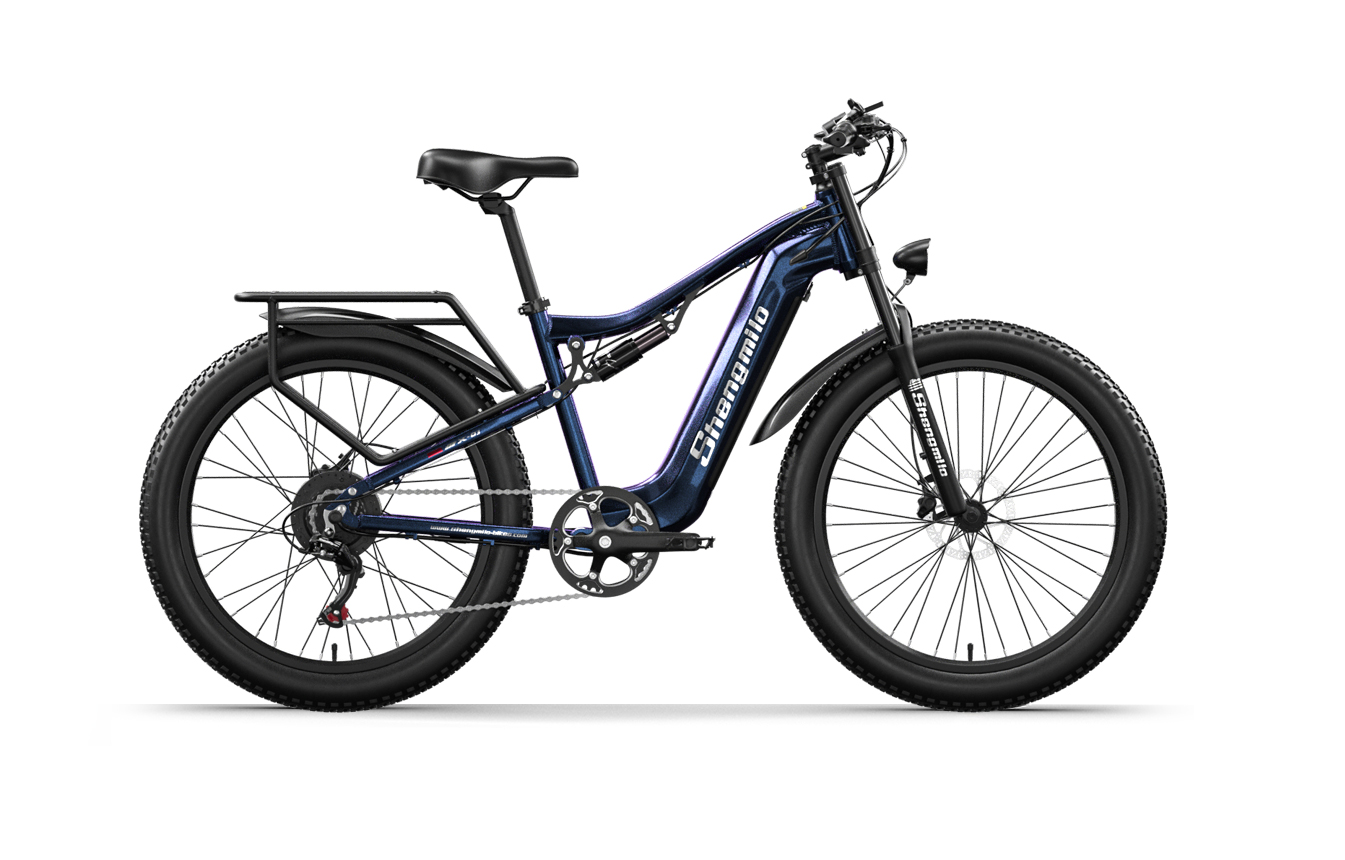
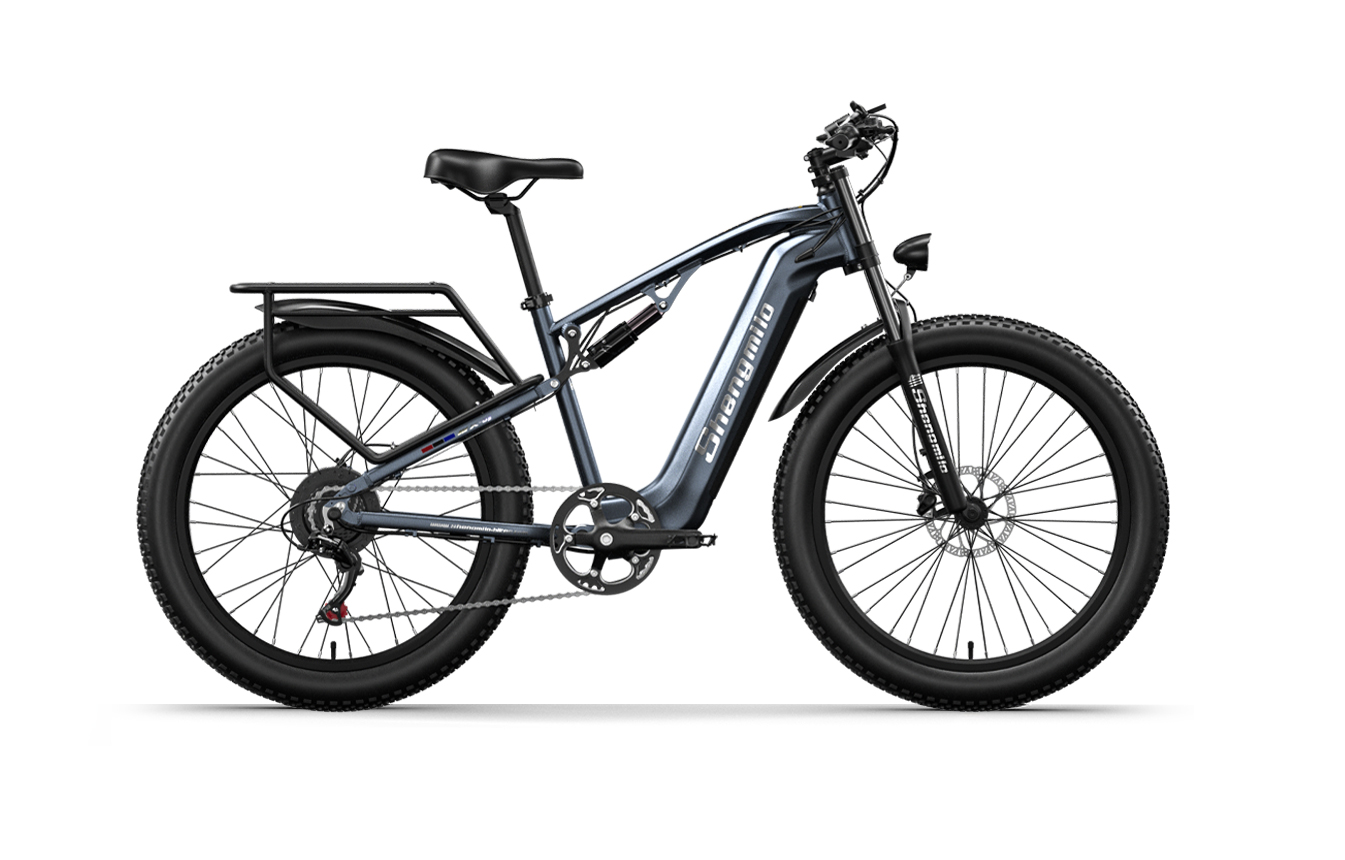




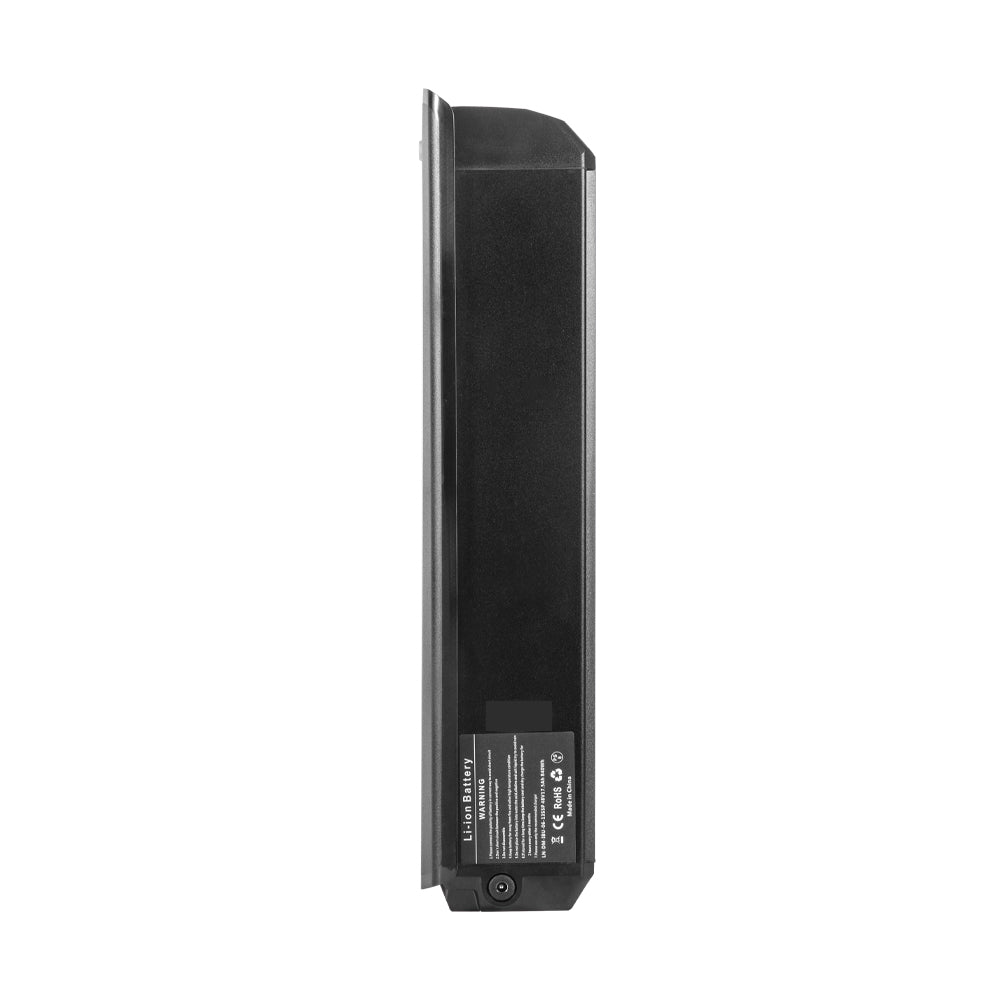


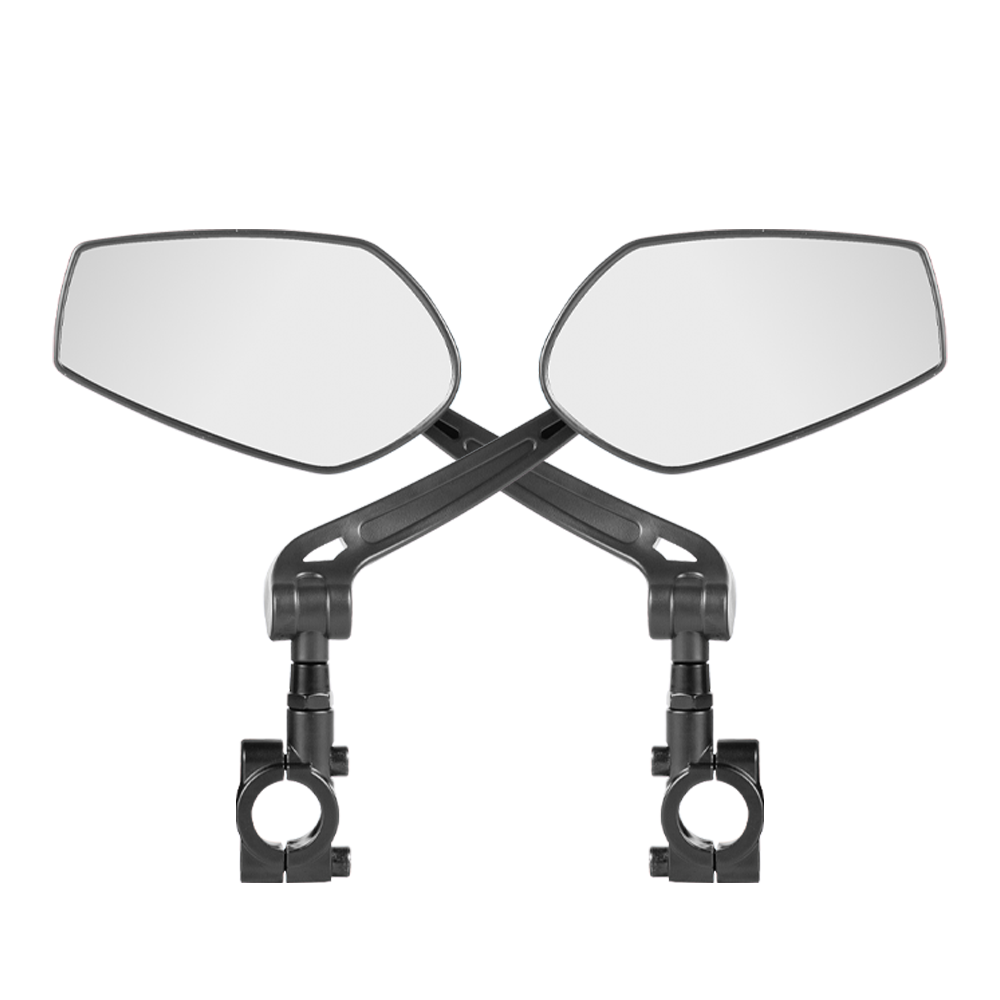


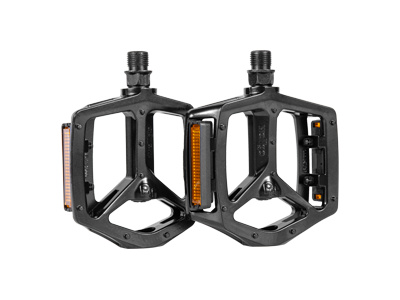
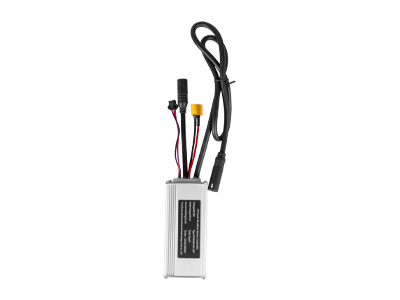








Leave a comment